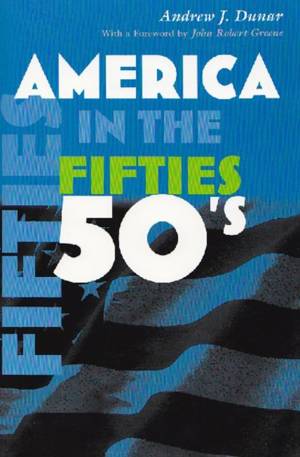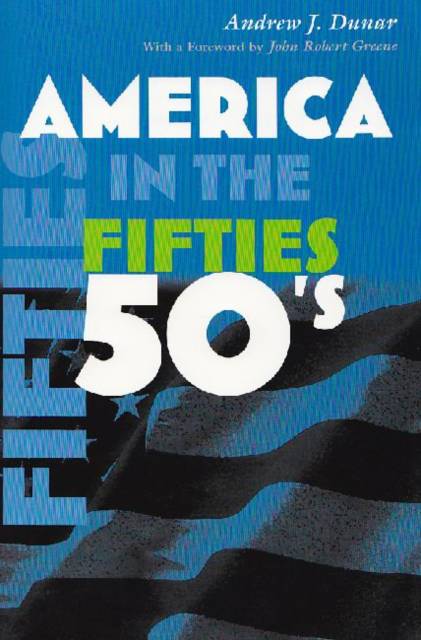
- Retrait gratuit dans votre magasin Club
- 7.000.000 titres dans notre catalogue
- Payer en toute sécurité
- Toujours un magasin près de chez vous
- Retrait gratuit dans votre magasin Club
- 7.000.0000 titres dans notre catalogue
- Payer en toute sécurité
- Toujours un magasin près de chez vous
42,45 €
+ 84 points
Format
Description
Blessed by a booming economy, the United States experienced the benefits of technology in the 1950s, with television and the automobile transforming the way people lived, and the space race offering new challenges. At the same time, the nation faced domestic divisions and international crises that would have far-reaching historical and political consequences.
The 1950s evoke images of prosperity, suburbia, a smiling President Eisenhower, cars with elaborate tail fins, Elvis Presley, Marilyn Monroe, and the "golden age" of television-seemingly a simpler time in which the idealized family life of situation comedies had at least some basis in reality. A closer examination, however, recalls more threatening images: the hysteria of McCarthyism, the shadow of the atomic bomb, war in Korea, the Soviet threat manifested in the launch of Sputnik and the bombast of Nikita Khrushchev, and a clash over the integration of public buses in Montgomery, Alabama, and a high school in Little Rock, Arkansas. Andrew J. Dunar successfully shows how the issues confronting America in the late twentieth century have roots in the fifties, some apparent at the time, others only in retrospect: civil rights, environmentalism, the counterculture, and "movements" on behalf of women, Latinos, and Native Americans. The rise of the "beats," the continuing development of jazz, the emergence of rock 'n' roll, and the art of Jackson Pollock reveal the decade to be less conformist than commonly portrayed. While the cold war rivalry with the Soviet Union generated the most concern, Dunar skillfully illustrates how the rise of Nasser in Egypt, Castro in Cuba, and Communist regimes in North Korea, Vietnam, and China signaled new regional challenges to American power. This book will be ideal for instructors of American history survey courses at the high school and undergraduate levels.Spécifications
Parties prenantes
- Auteur(s) :
- Editeur:
Contenu
- Nombre de pages :
- 336
- Langue:
- Anglais
- Collection :
Caractéristiques
- EAN:
- 9780815631286
- Date de parution :
- 07-11-06
- Format:
- Livre broché
- Format numérique:
- Trade paperback (VS)
- Dimensions :
- 153 mm x 227 mm
- Poids :
- 498 g

Les avis
Nous publions uniquement les avis qui respectent les conditions requises. Consultez nos conditions pour les avis.






